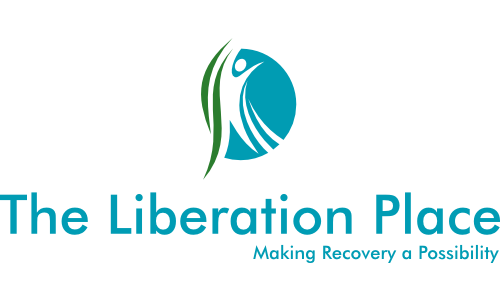The Schema of Self Sacrifice
When the schema of Self Sacrifice is activated in our system, we tend to fall into a behaviour mode of sacrificing our own needs and desires for the sake of pleasing or meeting the needs of others. In essence, we allow people to control us by only doing the things that they want to do, or fixing the things that they need to fix, never bringing attention to the things that we might want or need in the relationship dynamic. Most of the time, but not always, we do this for one of 3 reasons. First out of guilt and shame because we’ve hurt other people in the past by putting ourselves first in our interpersonal relationships. Second, we do it out of fear that we’re going to be “punished” or abandoned if we disobey the direction of those around us. Third we do it because we believe that we won’t be able to cope with the emotional experience that gets activated in our system if we don’t attend to the other persons needs.
Primarily, the stories connected to the Schema of Self Sacrifice begin in childhood, if this is the case, it is usually activated by the feeling that someone close to you, probably a parent figure or a care giver of some kind, left you feeling as though you had to please them to meet your emotional needs. It might even be that you had to fix other peoples problems to keep the peace in the environment. As an adult, we may find ourselves repeatedly entering relationships with what might be seen from the outside as dominant or controlling people. Inside of these relationships we suppress our own wants and needs to please the other person, keep the peace, or to give up control of our decisions to them. On the other side of the continuum, we might find that we enter relationships with needy people who are too damaged to give back to you in return. As a result, we are constantly fixing their problems, while slowly building resentment for the situation we find ourselves in.
“I was constantly having to meet the needs of others before my own, which left me filled with resentment because I never did the things that I wanted to do.”
~Steven Morris RP.
When I sobered up, the schema of Self Sacrifice was responsible for a dominant story in my system. I often thought of myself as someone who was easy to get along with, quite flexible, and willing to accommodate other peoples needs at the drop of a hat. For a while I saw this as an asset to my personality as it helped me to get along with other people in difficult circumstances. As I worked my own recovery, I began to see that there was an underbelly to this story that left me having difficulty setting boundaries with others, and limiting the demands that others made on me. I found it difficult to say no to others, regardless of how unreasonable the request, and as a result, I had a hard time asking for the things I needed inside of my relationships.
The schema of Self Sacrifice is often connected to the feelings of guilt, shame sadness and loneliness, along with the fear of what these emotions will do to us if we allow our parts to experience them. If this is you, as a child, you may have experienced too much responsibility for the physical or emotional well being of someone else in your family. Your level of Self Sacrifice is almost like a virtue to you, and it is true that taking care of others has many admirable qualities. You are empathetic, and probably a Highly Sensitive Person (HSP). The problem is that the relationship dynamic that you create lacks reciprocation, and whenever you step out of the role of sacrificing your own needs, you are filled with a sense of guilt that drives you back into the behaviour.
Generally, the Schema of Self Sacrifice is driven by an overwhelming sense of fear. Meeting the needs of others was at one time an involuntary action, something that we did to meet our own emotional childhood needs. Now, when this Schema is active in our system, it leaves us feeling like we really have no choice in the matter, and it’s the only option we have. We must sacrifice our own needs in order to remain safe from rejection, loneliness, guilt and shame, or something else that we’re afraid of experiencing. As a child, if we learned to self sacrifice to avoid punishment or abandonment of some sort, there can be a part of our personality that’s constantly filled with anger. This might be difficult to see at first, because of judgments around anger being wrong. To build empathy and compassion, keep in mind, this part is simply trying to protect the vulnerable child that’s connected to these experiences.
Schema of Self Sacrifice Worksheet
Follow us on Social Media





